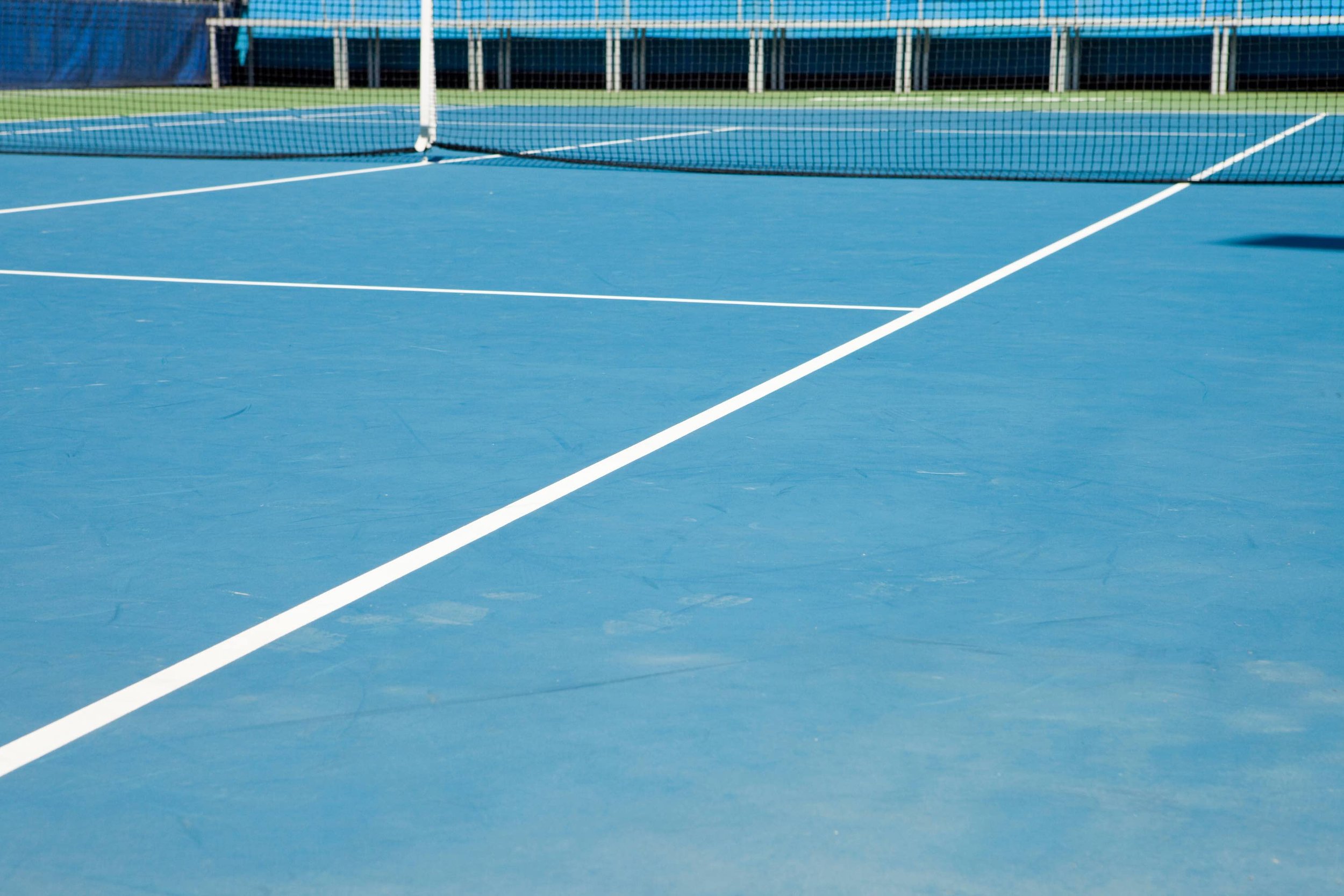The Different Types Of Tennis Court Surfaces And How They Affect Your Game
Most people know that tennis courts come in different colours, but did you know that there are also different surfaces too? Each surface type has a unique set of characteristics that can affect the way the game is played. Here’s a quick overview of the three most common types of tennis court surfaces and how they can influence your game.
Hard Courts
A tennis hard court provides the most consistent bounce.
Hard courts are one of the most common types of tennis courts found in condominiums, clubs and schools around the world. They are constructed out of asphalt or concrete, topped with an acrylic coating, and then covered with a layer of coloured paint.
Hard courts provide good traction for players’ shoes due to their textured acrylic surface, which prevents slipping and enabling grip for quick movements around the court. The speed at which balls travel on hard courts is faster than clay but slower than grass.
Hard courts are generally easier and cheaper to maintain than clay or grass but they don’t provide as much cushioning for your feet as the other surfaces. As a result, you might feel more of an impact on your knees when you play for an extended period of time.
The Australian Open and the US Open are played on hard courts.
Clay Courts
Clay courts offers the slowest pace of play.
Clay courts are made up of layers of crushed stone, brick dust, sand and clay, and they tend to produce the slowest-paced games compared to hard or grass courts, as the clay slows down the pace of the ball and also makes it bounce higher.
On this surface, you will find that you have more time to move to the ball and set up your shots, resulting in longer rallies. While clay offers excellent opportunities for spin and control, it favours defensive play because of its slower speed.
Clay requires more maintenance compared to the other surfaces as it needs to be watered down regularly in order to keep it moist enough for playability.
The French Open is played on clay courts.
Grass Courts
Grass courts produces the fastest shots.
Grass courts are often considered the purest and most traditional form of tennis. They are composed mostly of natural turf that may be mixed with synthetic fibres.
Grass surfaces tend to produce the fastest shots due to their low friction, so they favour offensive players who rely on quick reflexes and speedy footwork rather than powerful shots. The faster pace may be more suited for a serve-and-volley style of play, as a hard serve can often draw a weak return that you can then put away with a volley.
However, maintaining a grass court to its ideal conditions can be challenging, as natural turf requires frequent upkeep and is susceptible to weather conditions. For those who seek the aesthetic and functional benefits of a grass-like surface without the high maintenance, artificial grass offers a fantastic alternative. This modern solution mimics the appearance and feel of natural grass while providing a more durable and low-maintenance option for tennis courts and other surfaces. Whether you’re considering it for a tennis court or a residential lawn, artificial grass delivers consistent performance with minimal effort.
Grass offers the softest surface and puts the least pressure on your knee joints. However, grass surfaces may produce unpredictable bounces due to its unevenness which means that even experienced players can find themselves caught off guard during games if they don’t pay close attention to the bounce.
Grass courts are also more susceptible to weather conditions than other surfaces; rain can cause them to become slippery and muddy, making them even harder to play on. In addition, grass tends to wear out quicker than any other surface so regular maintenance is required. Despite the challenges of keeping grass courts in top condition, there is something magical about playing tennis on a grass court that you should experience at least once in your lifetime.
Wimbledon is played on grass courts.
As you can see, the type of court surface you play on can have a significant impact on your game. It is important to consider the different court surfaces and their unique characteristics in order to gain an edge over your opponents. Whether you choose clay, grass, or hardcourt, make sure you are aware of how each one affects the way you play. With that knowledge in hand, you will be able to make the most out of every tennis match!




"The Philosophical Tennis Player: Thinking Your Way To Winning" offers a unique perspective on the sport of tennis. This book provides guidance inspired by philosophy to help you rethink the game and reach your peak performance. The author breathes life into abstract philosophical concepts, transforming them into tangible strategies everyone can use to become a successful player. Readers will gain insight into the psychological aspects of tennis and recognise the timeless values that extend beyond the confines of the court.
About The Author
Darren Teo is the founder of Play! Tennis, the most Google reviewed tennis academy in Singapore. His passion for making tennis accessible to everyone regardless of their age, experience and ability continues to drive his work at the school. He is a thought leader in LinkedIn with 14,000 followers.